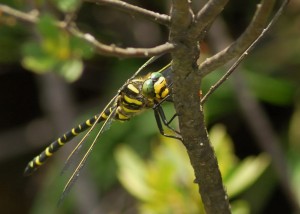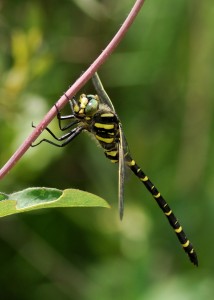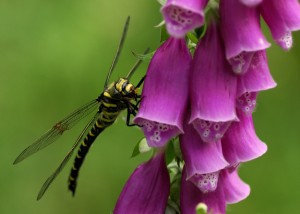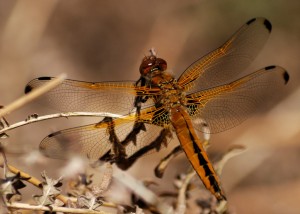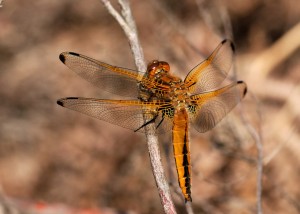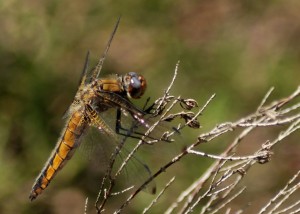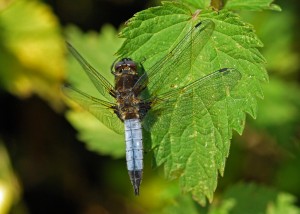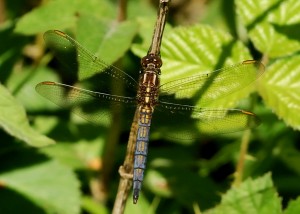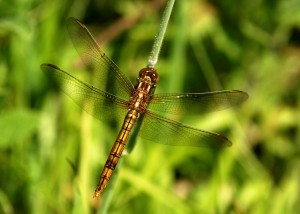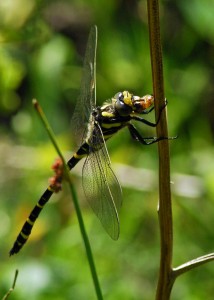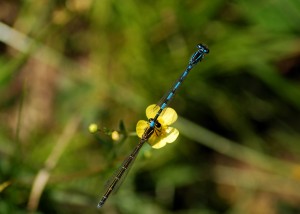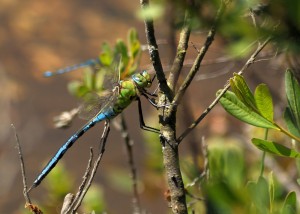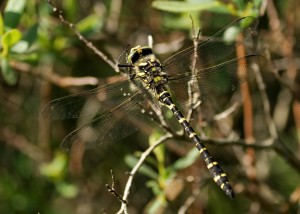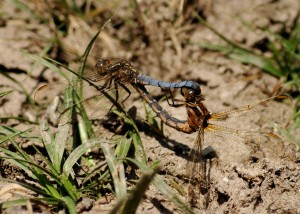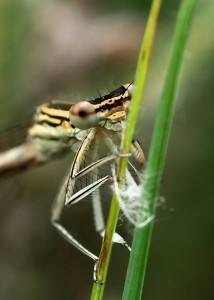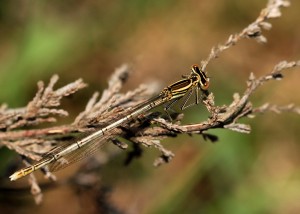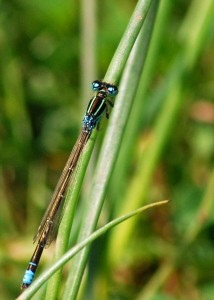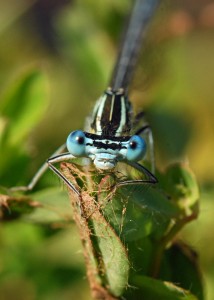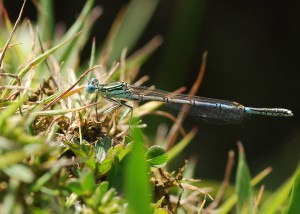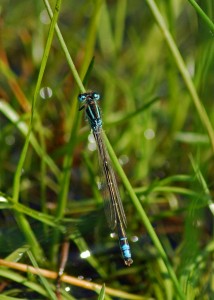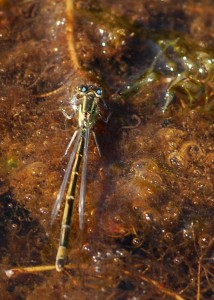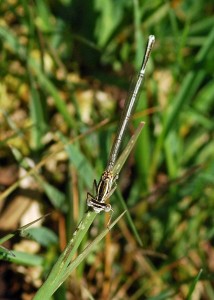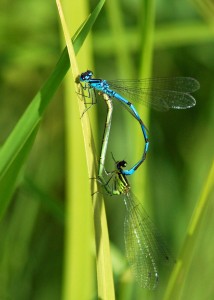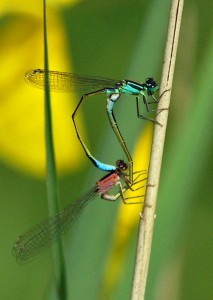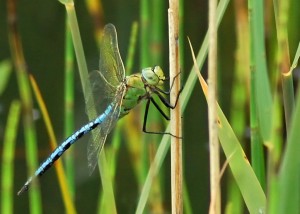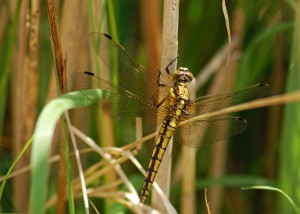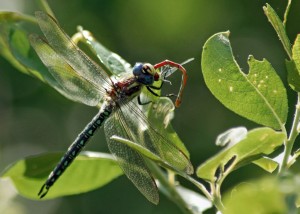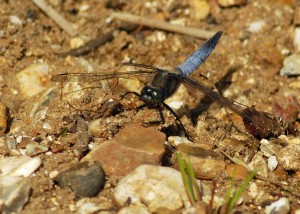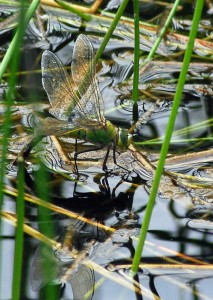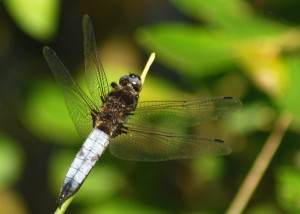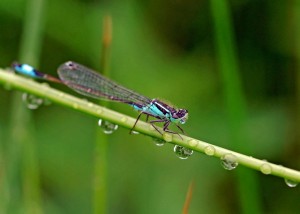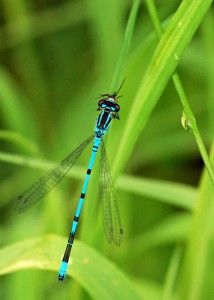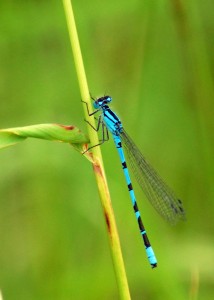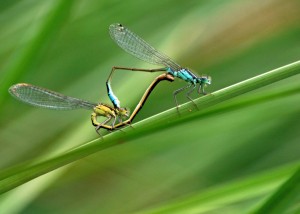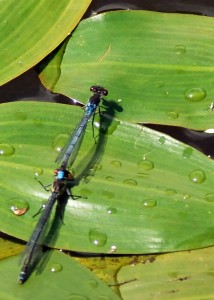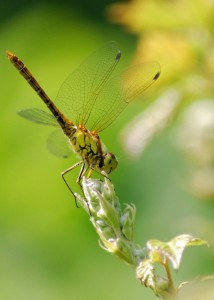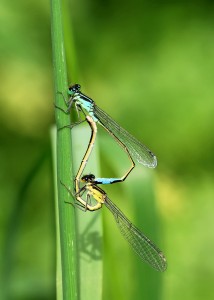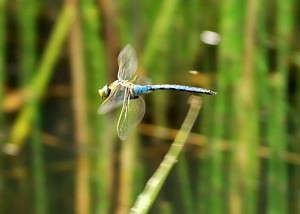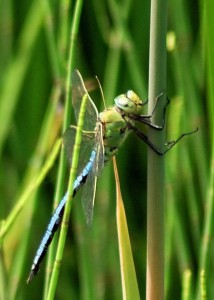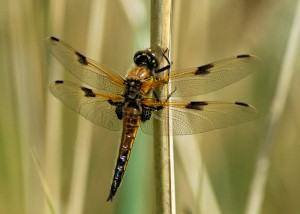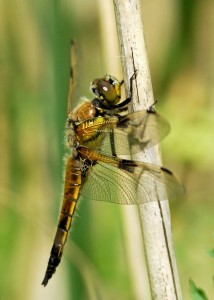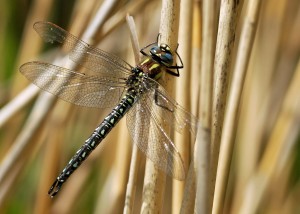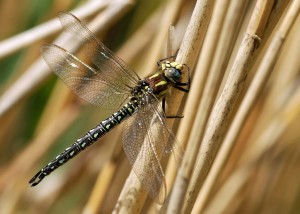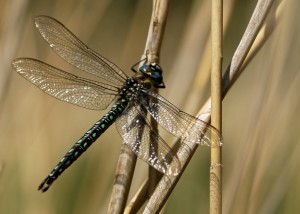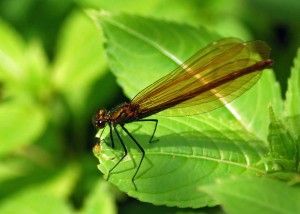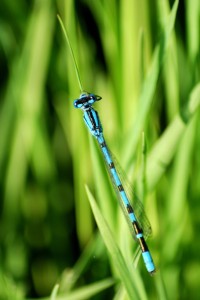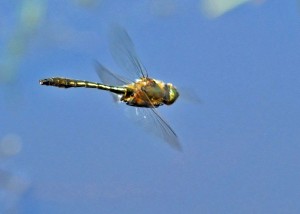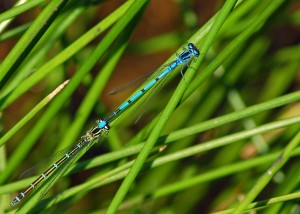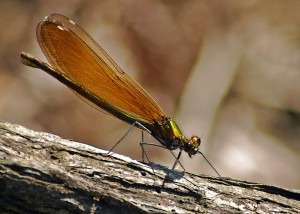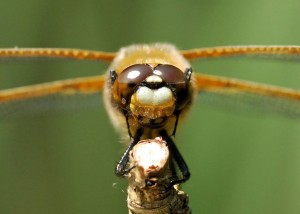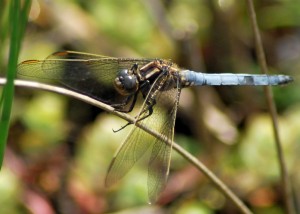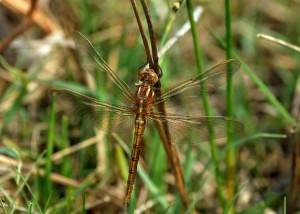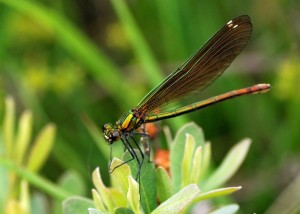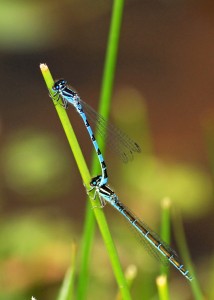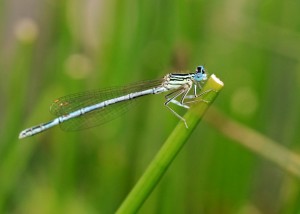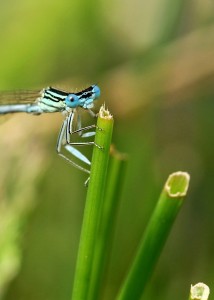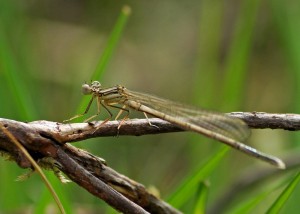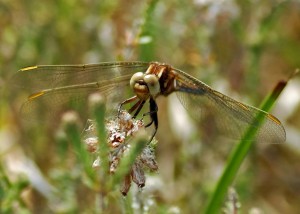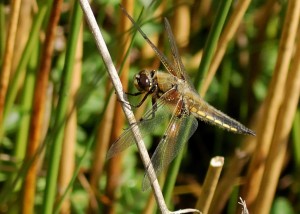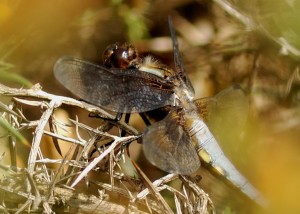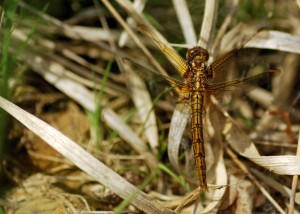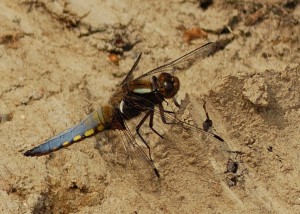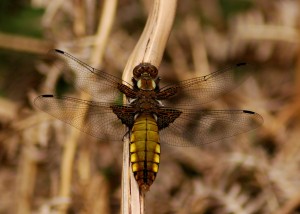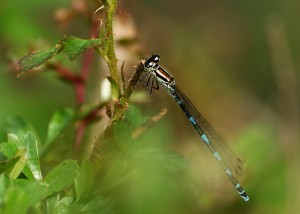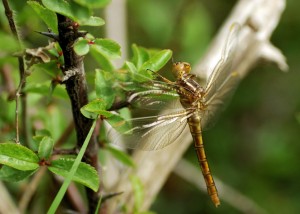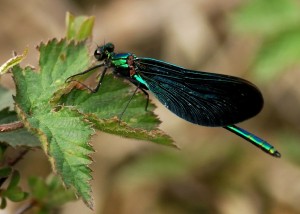Hampshire and the New Forest is blessed with a great diversity of species and habitats and the summer months can be filled visiting those favourite locations where you are always guaranteed plenty of activity and photo opportunities.
On Sunday I decided to pay a visit to Burley Heaths which contain small acidic ponds, a reasonably large body of water in the form of Whitten Pond and the old Brockenhurst to Ringwood railway line. The smaller ponds are home to the usual suspects along with the beautiful and delicate Emerald Damselflies and Small Reds while Whitten Pond and the lead-in stream is an excellent site for Hawker activity later in the season.
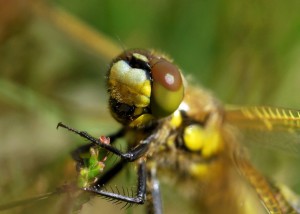
Although there were sightings of teneral Emeralds and Small Reds, Sunday wasn’t as prolific as I expected it to be. However populations of Common Blues, Blue-tails, Emperors, Four-spotted, Broad-bodied’s and Keeled Skimmers provided plenty of interest.
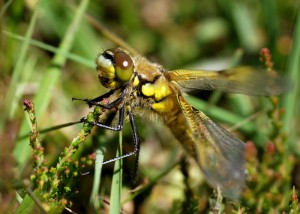
It is always important to never restrict your search to bodies of water alone. The surrounding heaths and forest rides will always provide sightings of tenerals and females along with adult males searching for new territories.
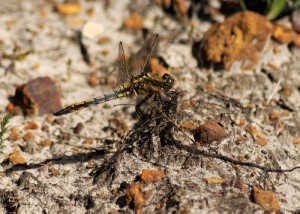
During this season I’ve decided to extend my search to include some new sites both within the New Forest and Hampshire and across the county border in Dorset – a county which contains some magnificent lowland heaths so essential for diversity.

On Monday I visited Hatchet small pond where Downy Emeralds and Black-tailed Skimmers provided the entertainment followed by a visit to every one’s favourite New Forest location, the nationally famous Crockford Stream, where Southern Damselflies are in abundance and Golden-ringed’s (see previous post) patrol the stream vying for territory with dozens of those Keeled Skimmers.
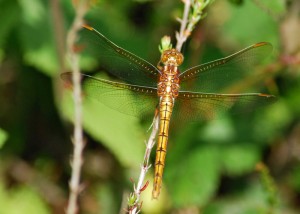
Next up was a revisit to Roydon Woods – a nature reserve just outside the national park boundary. I was hoping for my first glimpse of Ruddy Darters, but as the weather had clouded over I had to be content with Beautiful Demoiselles parading around the Lymington River and throughout the forest rides, yet more Keeled Skimmers, Broad-bodied Chasers, a few Emperors and some rather accommodating Golden-ringed.
On Tuesday I ventured out to another Ruddy Darter stronghold, Emer Bog near Romsey. Having only been there twice before the site was still ripe for further exploration and can be hard to navigate with bog, heavy vegetation and annoying fences barring your progress. Again no Ruddy’s but at least this time I found the pond – hidden away behind one of those fences and surrounded by woodland. Emperors were patrolling and a female was ovipositing and Hundreds of Azure Damselflies were patrolling the edges.
From there I went to Bentley Woods for some butterfly diversion and a good hour watching the activity of the two fabulous ponds. At least now I know where the Downy Emerald’s land – right up in the trees and far out of reach of a camera.
On Wednesday I fulfilled an obligation to meet a fellow wildlife enthusiast and one of my Flickr contacts Dave Longshaw on his home patch in Dorset. We were joined by another enthusiast and Flickr contributor for a walk around Higher Hyde Heath, a small nature reserve on the site of an old quarry with plenty to satisfy the dragonfly freak along with some of the country’s reptile species including Grass Snakes and Sand Lizards.
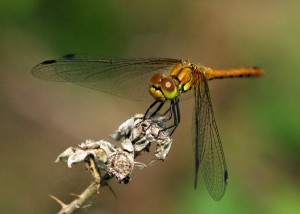
At last I had my first glimpse of Ruddy Darters along with Emerald Damselflies, Azures, Large Reds and Downy Emeralds patrolling the clearings. Another wonderful surprise was a lone male Hairy patrolling the lower pond.
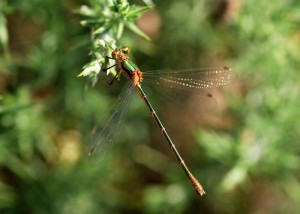
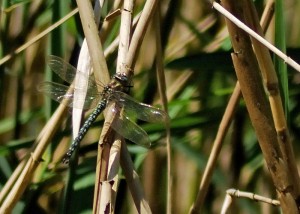
The heath didn’t disappoint either, with another Golden-ringed happy to pose for a few shots.
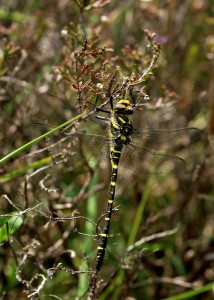
Next up was Kilwood Heath which also contained a fantastic pond with plenty of activity including a female Emperor ovipositing
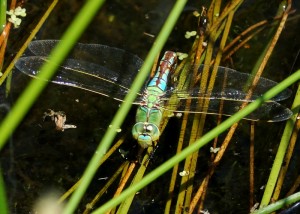
And finally we paid a relatively short visit to Morden Bog – famous for it’s dragonflies and one of their major predators – the Hobby. The visit was far too short and deserves a good few hours of exploration, but at least I finally located some mature Small Red Damselflies

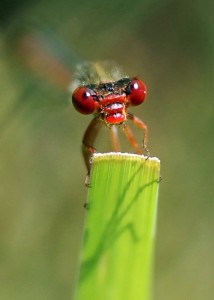
All in all a fantastic day and some welcome new sites for fyrther exploration. Although Dorset isn’t technically in the New Forest it’s terrain is very similar and is essential visiting for dragonfly enthusiasts.
The Avon Valley between the counties is also a hot spot. Just because this site is called Hampshire Dragonflies it doesn’t mean I should restrict my search to Hampshire alone. That would be unforgiveable and deny me a great many missed opportunities.
Today was a day of rest ready for a marathon session next week when I will be joined by fellow enthusiast Doug Overton for most of the week along with a few other visitors to the New Forest. Here’s to the weather staying agreeable and plenty of photo opportunities.

